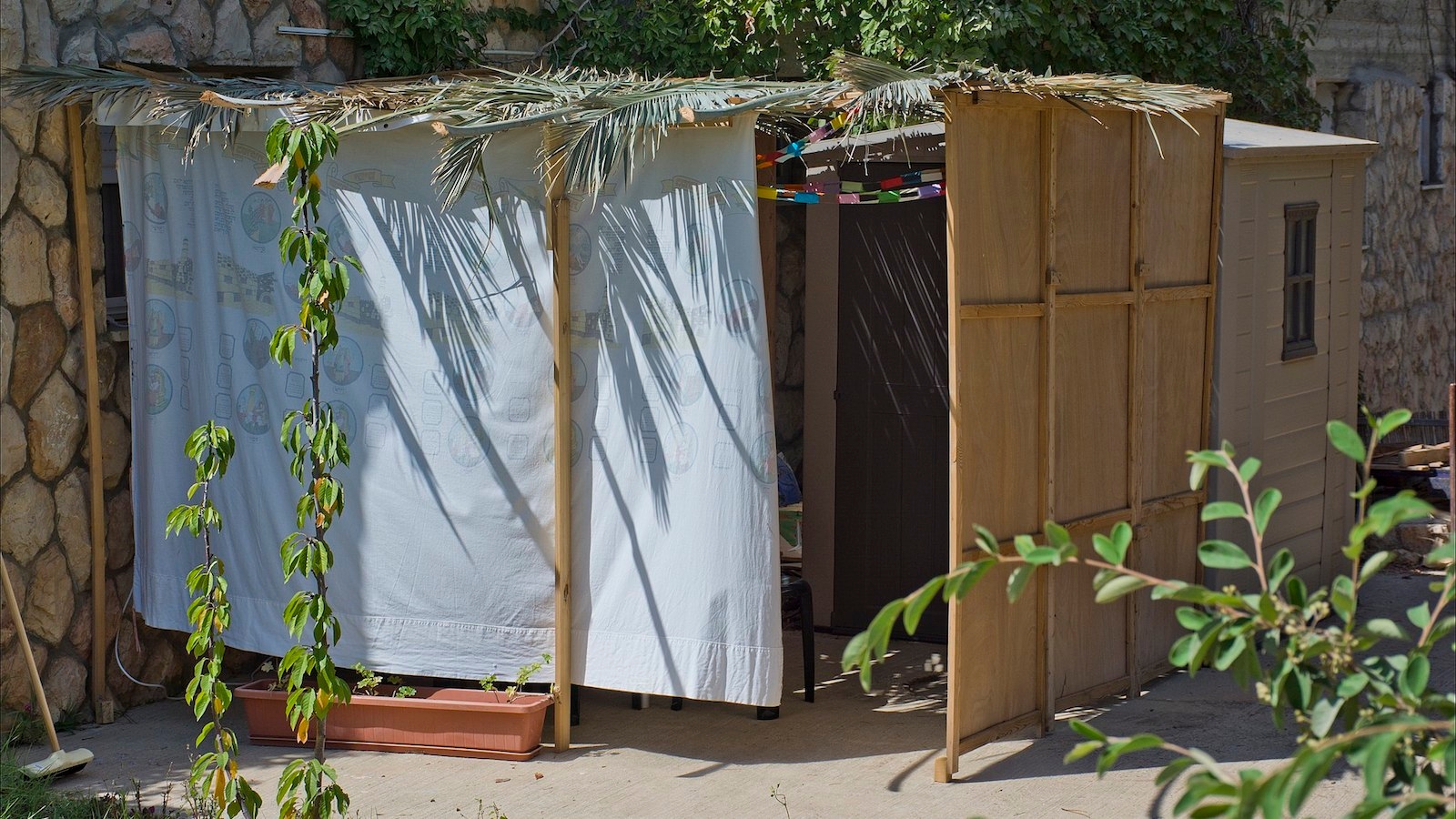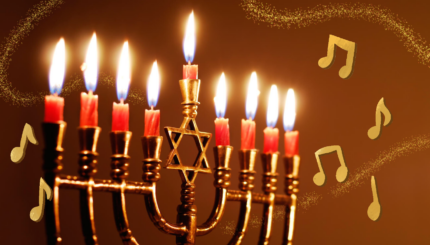In addition to the victory parades of the ancient Maccabees that celebrated their political independence, the original holiday also took the form of a Temple rededication ceremony. In the Second Book of the Maccabees, which quotes from a letter sent circa 125 BCE from the Hasmoneans to the leaders of Egyptian Jewry, the holiday is called “The festival of celebrated in the month of Kislev,” rather than Tishrei, which usually falls in September. Since the Jews were still in caves fighting as guerrillas on Tishrei, 164 BCE, they could not properly honor the eight-day holiday of Sukkot (and Shemini Atzeret), which is a Temple holiday; hence it was postponed until after the recapture of Jerusalem and the purification of the Temple.
This — not the Talmudic legend of the cruse of oil — explains the eight day length of . The use of candles may reflect the later reported tradition of Simchat Beit HaShoava (water-drawing festival),the all-night dancing in the Temple on Sukkot, which required tall outdoor lamps to flood light on the dance floor of the Temple courtyard.
They celebrated it for eight days with gladness like Sukkot and recalled how a little while before, during Sukkot they had been wandering in the mountains and caverns like wild animals. So carrying lulavs [palm branches waved on Sukkot]…they offered hymns of praise (perhaps, the Hallel prayer) to God who had brought to pass the purification of his own place. (II Maccabees 10:6-7)
The connection between Sukkot and Hanukkah (as the Rabbis later called this holiday) goes beyond the accident of a postponed Sukkot celebration. Sukkot is the holiday commemorating not only the wandering of the Jews in the desert in makeshift huts but the end of that trek with the dedication of the First Temple (i.e. the permanent Bayit/ Home of God in Jerusalem by King Solomon circa 1000 BCE).
King Solomon gathered every person of Israel in the month of Eitanim (Tishrei) on the holiday (Sukkot) in the seventh month…for God had said, ‘I have built a House for my eternal residence.’ (I Kings 8:2, 12)
Thus the Maccabean rededication celebration is appropriately set for eight days in the Temple.

Help us keep Jewish knowledge accessible to millions of people around the world.
Your donation to My Jewish Learning fuels endless journeys of Jewish discovery. With your help, My Jewish Learning can continue to provide nonstop opportunities for learning, connection and growth.
Reprinted with permission of the author from A Different Light: The Big Book of Hanukkah, published by the Shalom Hartman Institute and Devora Publishing.
Explore Hanukkah’s history, global traditions, food and more with My Jewish Learning’s “All About Hanukkah” email series. Sign up to take a journey through Hanukkah and go deeper into the Festival of Lights.



